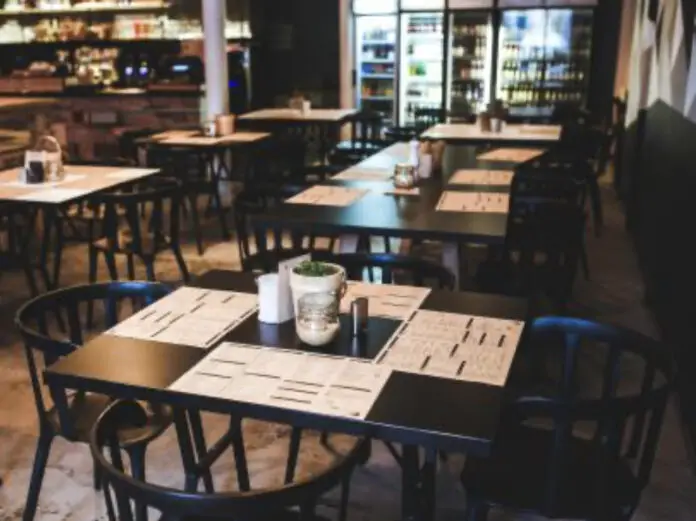The restaurant trade can be a brutal one. Every year, thousands of restaurants are forced to close their doors. Recent changes to the minimum wage and employers’ national insurance contribution thresholds have made life even tougher for restauranteurs, whose employees tend to be paid entry-level wages.
If your restaurant is going to be a success, therefore, you’ll want to take stock of the risks you’re facing, and put in place strategies for dealing with those risks.
Cash Flow Management: The Lifeline of Restaurant Finances
To begin with, you’ll want to get cash flow right. If there isn’t enough cash available, you might find yourself unable to pay your staff and your suppliers. This could result in you being unable to keep the business open – or, having to assume burdensome debt. Make sure that your daily operating costs are under control, and that you can survive a temporary loss of revenue.
The restaurant trade can be extremely susceptible to changing spending patterns. When customers want to cut back on spending, because of wider economic or seasonal factors, it’s dining out that’s often among the first things to go. Proper cash flow management can help you to stay afloat during slow spells.
Debt and Financing: Balancing Investments with Financial Security
Opening a restaurant can require significant investment. You might need to furnish the restaurant itself, buy a lot of expensive equipment for the kitchen, and train your staff. If you don’t enjoy the revenue you were expecting, then any debt you take out could put you at significant risk of becoming overleveraged. To minimise your exposure to legal risk, you might think about hiring hospitality lawyers to assess your circumstances before you take on any debt.
Controlling Operating Costs
It isn’t just the one-off costs of opening you have to consider. Restaurant owners also have to juggle a myriad of ongoing costs. You’ll have to pay the waiting staff, as well as those in the kitchen. You’ll need to protect your supply chains, and safely store all of your food. This could mean providing gas to run all of your cookers, and electricity to keep all of your fridges and freezers operational.
In many cases, you can reduce your overheads by being clever about the kinds of menu you devise. This doesn’t just mean looking for cheap ingredients, but using the same ingredients in many different dishes, in order to reduce the risk of shortages or waste. You might also use technology to keep track of your inventory, and to communicate your needs with your suppliers. This can help to make your needs more predictable, which can give you something to work with when you’re placing orders.







